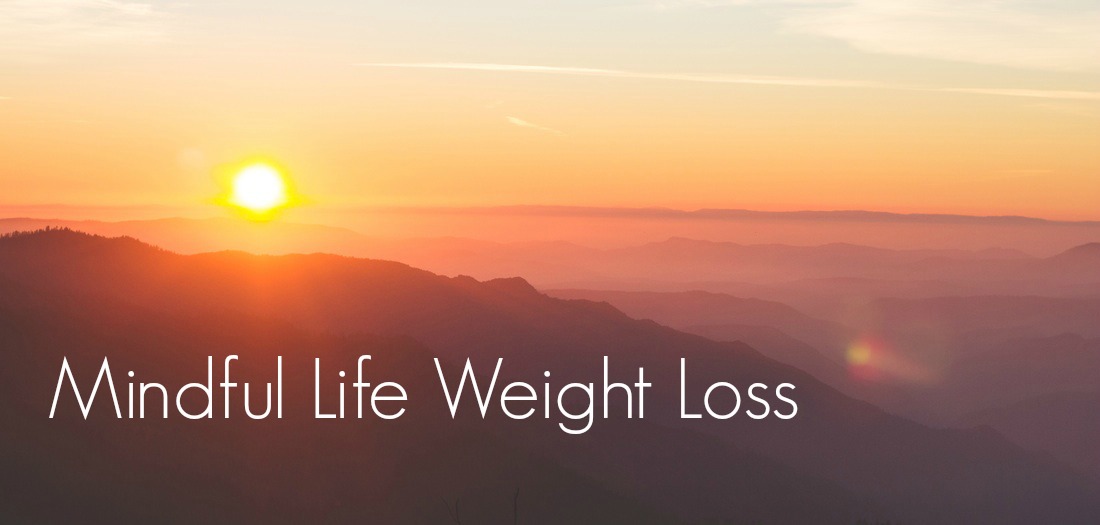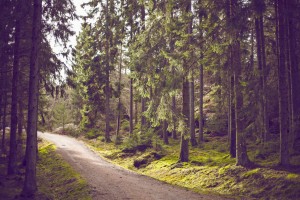Increasing our exposure to nature can help us to lose weight in the following ways:
1. Decrease our sedentary time.
Screen-based activities increase our sedentary time. Any activity that is done in front of a screen is often done from a seated position. Before you know it, you realize that you have been sitting looking at a screen all day and all evening. How does that make you feel physically? Mentally? Probably not good. Often, at the end of a stressful, sedentary day the only physical release people can get is to eat sugary or fat-laden snacks that– in the short-term–boost feel-good chemicals. Unfortunately, they also boost your weight.
Most activities done outdoors involve movement: walking the kids to school, errands, biking, raking, gardening, outdoor chores, hiking, walking the dog, etc.
2. Decrease our levels of stress.
The research is clear. When you spend time in a natural environment (suburban yards and urban parks included) your body responds by lowering blood pressure and reducing cortisol (stress hormone). Additionally, there is increased activity in the part of our nervous system responsible for calm (the parasympathetic nervous system). This benefit can also be derived from indoor plants or by looking out the window at a beautiful natural scene.
Stress is one of the key causes of overeating, so anything that decreases stress in a healthy way is an excellent way to combat stress-related eating.
3. Put us in touch with our community.
Sadly, in some communities, people do not even know their neighbors. Loneliness and isolation are “sleeper” causes of obesity. They are contributing factors that often do not make it onto people’s radar when they assess their weight struggles. Getting outside more, even if it is just to go for a daily 15 minute walk around your neighborhood, means you might connect more with those around you.
Who knows what the ripple effect of this will be. I remember in my own life, I started a daily walk (alone). One neighbor saw me from her window and joined me. Then another, and another. Soon there were five of us. Several of us had small children so we strapped them into the stroller and we all walked five days a week. I made new friends, and my brief walk turned into a much longer walk because we all enjoyed the social opportunity.
The point is that when you take a few steps outside of your door, you are taking more steps on the path to a mindful life.
4. Create a calm, focused mental state.
Screen time requires a certain set of mental skills—those of “directed attention” or “voluntary attention.” This is the sustained effort you need to do your work obligations, read emails, answer texts, and all of the various ways we spend our “screen time.” This type of attention requires a lot of energy, and over time causes mental fatigue. One has to resist the continual pull of distracting thoughts to maintain focus.
Contrast this to “involuntary attention” which is when you are doing something more free-form, walking, jogging, daydreaming, gardening, or being effortlessly absorbed in a task (the “flow” state).
Studies have been done to see if we can combat our cognitive fatigue by spending some time in natural settings. The results were that we can. Spending time outdoors, in natural light, fresh air, amidst natural sounds, is like pressing the reset button on our nervous system.
The more we can bring brief periods of this state into our lives, the more mindful our lives can become. This mindfulness can then extend to mindfulness of our habits, and our eating behaviors.
5. Help us to develop a more holistic view of ourselves in the ecosystem.
As we become more mindful, we begin to see things beyond just ourselves. Just as we are not simply our weight, and our weight is not only about food. This journey toward a mindful life is not simply about us. It is about our families, our communities, and the whole planet.
That apple that we ate may have come from Chile. In that one bite, we are connected with a farmer in another continent. Our choices affect him and his family. A drought or disaster in one area affects us in America.
When we spend most of our time indoors, watching nature on a tv screen and rarely feeling the sun on our faces, it is easy to forget that we are all connected in a real way. This isn’t just a platitude. The more time we spend away from screens and out in the actual world, the more real this will become for us.
The way to insert some more green time into your life is the same way we have been making changes everywhere else: slow and steady. Small and attainable. Try taking the Green for 15 Challenge.
Recommended reading: Your Brain on Nature: The Science of Nature’s Influence on Your Health, Happiness, and Vitality by Eva M. Selhub and Alan C. Logan

